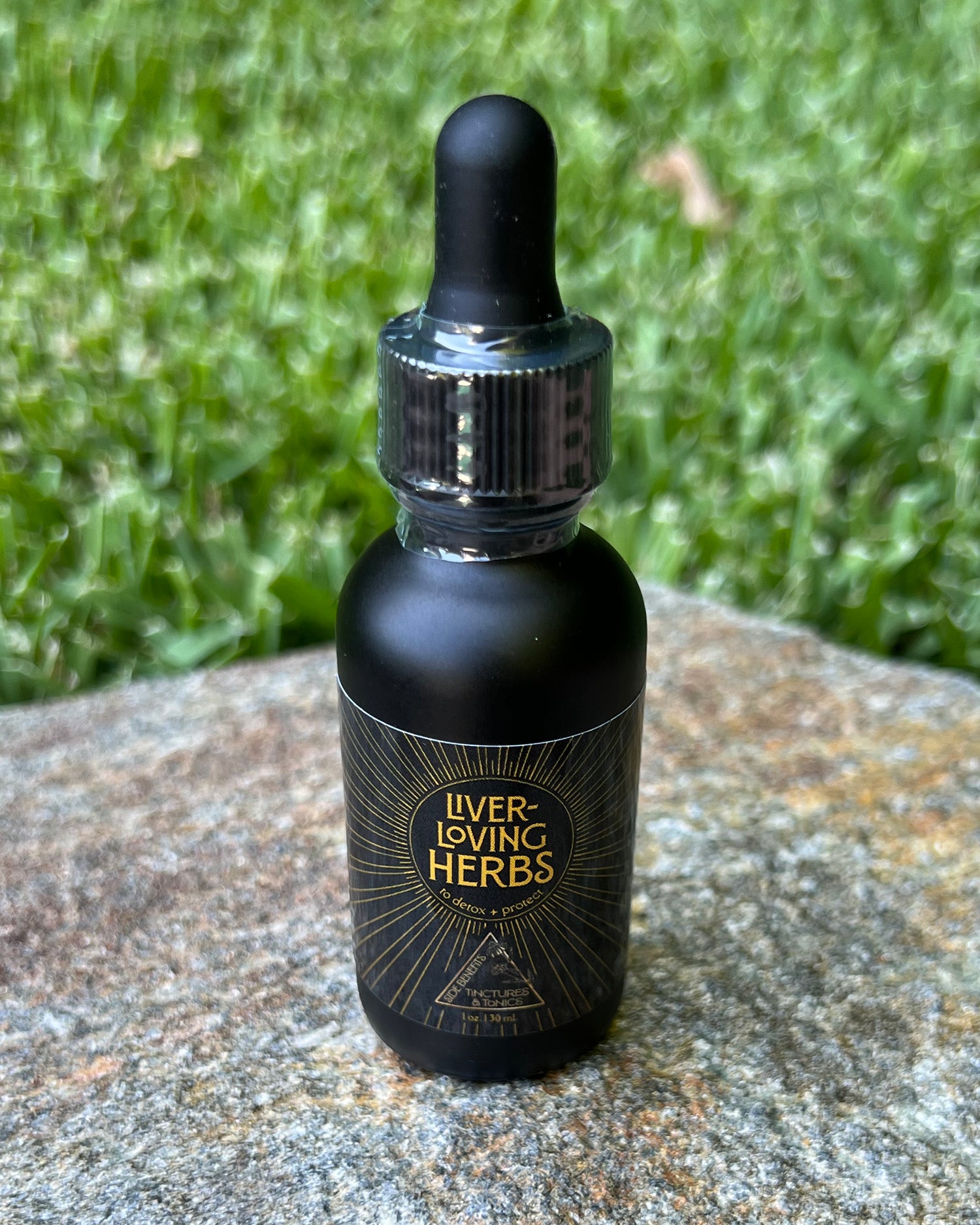If you drink alcohol and you’re in your late 30s or 40s, you might have noticed that alcohol hits differently depending on where you are in your cycle—and no, you’re not imagining it. Your hormones fluctuate across your menstrual cycle, and alcohol doesn’t always play nice with those shifts.
Whether you’re in your 30s, 40s, or navigating perimenopause, knowing how alcohol interacts with each phase of your cycle can help you make smarter choices for your hormones (and still enjoy a cocktail or glass of wine if you choose to).
Here’s a breakdown of what’s happening in your body—and the phase that’s least harmful if you’re going to drink:
Menstruation (Days 1–5)
This is your “bleed week,” marking the beginning of the follicular phase. Both estrogen and progesterone are at their lowest levels right now, which explains why your energy might feel drained and your mood a little low.
Drinking alcohol during this phase? While rest is best, a drink or two won’t cause much of a stir (hormonally speaking), but it’s important to keep in mind that alcohol is inflammatory, so during your period, your body is already working hard to shed the uterine lining. Alcohol depletes magnesium which can worsen PMS and cramps and contribute to other symptoms like bloating and mood swings.
Bottom line: Minimize the drinks (especially if you already experience harsh symptoms) and focus on rest, hydration, and gentle self-care.
Follicular Phase (Days 1–14)
Estrogen starts to rise after your period ends, helping you feel more energetic, optimistic, and creative. This hormone boost also improves insulin sensitivity and stress resilience, meaning your body is a little more forgiving. If you’re going to drink, the follicular phase is the least harmful window for hormones. If you support it, your liver is better able to metabolize alcohol here, and estrogen hasn’t peaked yet, so alcohol’s effect on estrogen balance is less dramatic.
That said—alcohol still affects your gut microbiome which increases an enzyme called aromatase, which can lead to estrogen excess over time. Balance is key.
Ovulation (around Day 14)
During ovulation, your estrogen levels peak, making you feel sexy, confident, and social. Your body is also at its most fertile. Adding alcohol here can amplify estrogen even further, which might not be ideal in the long run. Excessively elevated estrogen levels are the root cause of monthly symptoms like sore breasts, heavy periods, period clots & fibroids—and are linked to breast cancer when consistently elevated over time.
While you might feel like partying, be mindful—your hormones (and liver) are already doing a lot of heavy lifting!
Luteal Phase (Days 15–28)
After ovulation, progesterone rises and peaks, then estrogen has one more rise prior to your bleed week—and then both drop sharply. This hormonal rollercoaster is why PMS symptoms like bloating, cramps, irritability, and fatigue commonly show up. Drinking alcohol during the luteal phase can make things way worse. Alcohol increases water retention, worsens mood swings, messes with sleep, and can even intensify cravings and bloating. It can also cause your blood sugar levels to rise even if you only have one or two drinks which can be problematic for maintaining a healthy weight—especially since the second half of the menstrual cycle (after ovulation) is also when women are more insulin resistant. Adding alcohol to the equation can make things worse for your liver here as well, because it demands all of its efforts. So instead of breaking down excess hormones (and other toxins) for elimination, your liver is focused primarily with processing alcohol. This means your period might be more symptomatic than usual.
Verdict: If you’re prone to PMS, this is the worst time to drink for your hormones and mental health.
So…When’s the Best Time to Drink
If you’re going to enjoy a glass, aim for the early follicular phase (Days 1–10) when estrogen is lower. Your body is better equipped to metabolize alcohol here, and the hormonal impact is a little less disruptive than other phases.
That doesn’t mean alcohol is harmless—but if you do choose to imbibe, it’s all about knowing the status of your body, prioritizing liver health, AND knowing the least damaging window for your hormones.
A Quick Word on Alcohol + Hormones in Perimenopause
Alcohol increases aromatase (the enzyme that converts androgens like testosterone into estrogen), leading to imbalanced estrogen levels—something women in their 30s, 40s, and perimenopause commonly struggle with.
It also disrupts your hypothalamic-pituitary-adrenal (HPA) axis—the hormone control center that regulates cortisol. This can make mood swings, sleep problems, and night sweats worse.
Translation: your body’s hormonal balance is already fragile during perimenopause, and alcohol adds fuel to the fire.
Want to Support Your Hormones While Still Living Your Best Life?
I created Wellness for Winos, an online mini-course for anyone who wants to enjoy wine (or cocktails) without wrecking their hormones, gut, or brain. You’ll learn from a functional nutritionist exactly how alcohol affects nutrient status, liver detox, gut health, and hormones—and what to do about it.
In the meantime, share this post with a friend, and subscribe for more functional nutrition tips to keep your gut and hormones happy.






